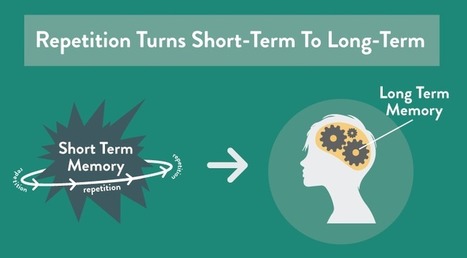Excerpt...
So, what kind of content gets remembered the best?
-- > Something that makes an association to what the audience member already has in his memory.
-- > Something that provides multiple ways of understanding a topic (multiple neural pathways), preferably through story, illustration, and anecdote.
-- > Something unusual that isn’t so similar that it falls into the “I’ve seen this before” rote memory which can’t differentiate well. Good designers sometimes make the mistake of making everything look “similar” for visual branding purposes, not realizing they hurt the ability of some to differentiate among their content. Copycats also do themselves no favors for this same reason.
-- > Something that doesn’t require long-term memory to grasp, i.e. isn’t so complex or long that they forget what they’ve read at the beginning. When we’re reading, we’re functioning on short-term memory. It’s easy to forget things. Blogger A.J. Kohn even suggests our infographics are getting too complex.
__________________
► Receive a FREE daily summary of The Marketing Technology Alert directly to your inbox. To subscribe, please go to http://ineomarketing.com/About_The_MAR_Sub.html (your privacy is protected).
Via Marteq



 Your new post is loading...
Your new post is loading...










This summary provides just a bit of insight; you'll need to click through for more detail.